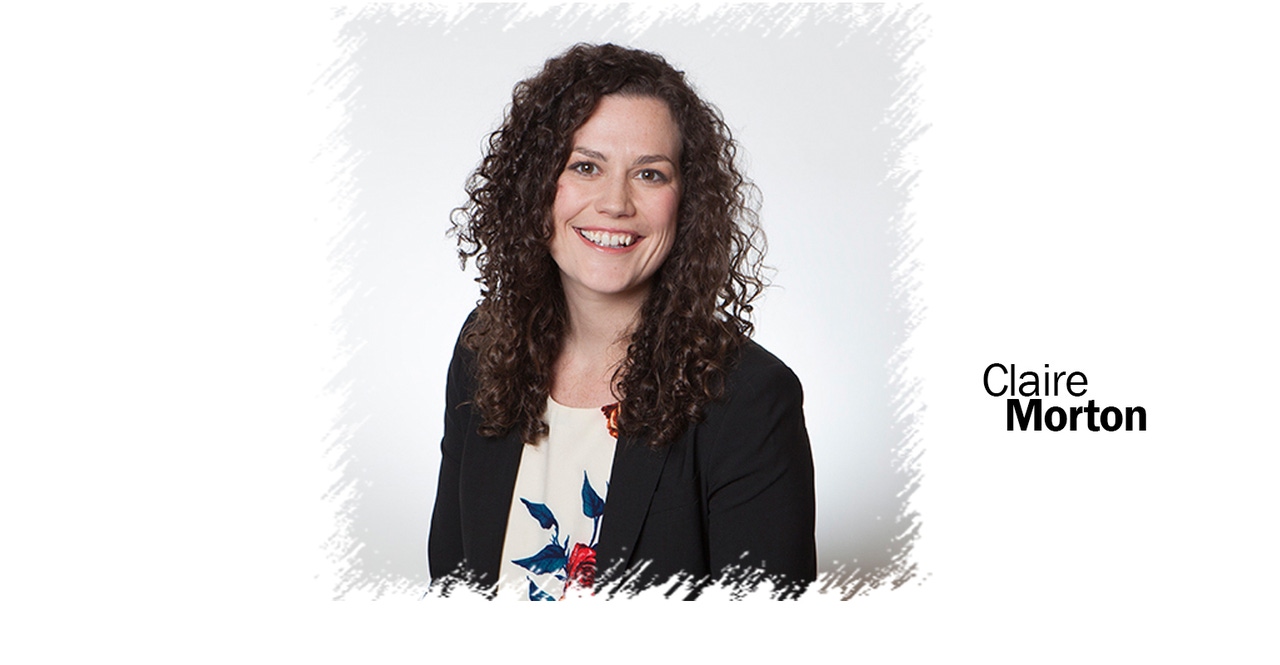
Nutrition Business Journal is the go-to source for reporting, product trends and in-depth data and analysis in the nutrition industry; below are three data-driven insights from NBJ to keep in mind when planning for Expo West.
1. New hemp CBD products span categories, but the bulk of sales still comes from supplements.
Initial NBJ estimates indicate that the hemp CBD market brought in nearly $900 million in 2019. Across all categories growth was strongest in topicals, at an estimated 180%. This is in part because several mainstream grocery and drug chains have begun selling hemp CBD product lines.
There is also a lot of buzz surrounding food and beverage products, such as sparkling water and chocolate, that contain added hemp CBD. However, these sales were fairly small in 2019, coming in under $20 million. Hemp CBD supplements including tinctures, oils, capsules and gummies have maintained the largest share of the market, garnering an estimated 69.5% of sales in 2019.
2. Non-pill delivery formats of supplements now represent over half of annual sales.
Consumer interest in novel and alternative delivery formats continues to surge. Annual sales of non-pill formats eclipsed pill-format sales for the first time in 2019. The industry should expect to see new product launches across a variety of formats at expo; in particular, those that focus on fun, novel concepts and convenience.
Growth has been strongest in the past year in shots, although gummies have gained the most market share over the past five years. This trend spans most supplement categories, from vitamins and minerals to specialty products like collagen.
3. Immunity supplements continue strong growth, seeing an estimated 8% lift in 2019.
Sales growth within the combined cold, flu and immunity category has always gone hand in hand with the severity of the cold and flu season–it is much stronger in years with a bad flu season. Given the severity of the 2017-2019 flu seasons, it makes sense that cold, flu and immunity supplements spiked to 9.9% growth in 2017 and 7.5% growth in 2018.
Initial estimates point to continued momentum in the category, with growth of over 8% in 2019. And even beyond highly publicized illnesses, consumer demand is increasing for immunity and cold prevention in addition to more holistic and homeopathic solutions for cold and flu symptoms.
About the Author
You May Also Like






